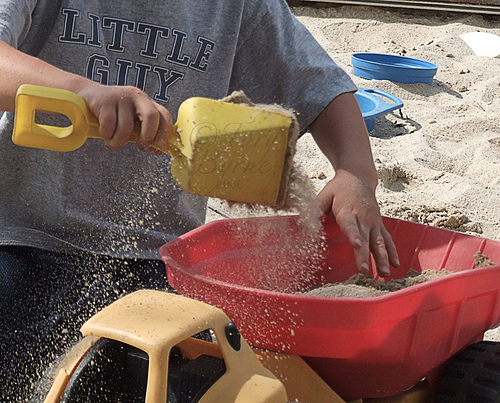What is a schema?
Early years practitioners should fully understand, recognise and support children who are displaying schemas. Schemas are patterns of behaviour that some children regularly display in order to help them make sense of the world around them. Not all children explore schemas, some explore all types of schema and some are very focused on one particular schema. Therefore it is important to complete regular observations to identify these schemas. Adults can often hinder children’s exploration of their schemas without even recognising as they may go around the room picking up children’s toys when in fact this forms part of children’s play.Making yourself aware of the typical patterns of behaviour will enable you to plan activities where children can fully explore these schemas. Recognising when a child is exploring a schema is also a way to gain there interests in other activities as you can incorporate that schema into any early years activity.
What is the transporting schema?
The transporting schema is when children in the early years move or transport objects from one place to another. This can be seen as very frustrating by some practitioners when you have created nice set areas and then the children go along moving resources from one end of the room to another. However it is important to remember that this is how a child in the early years is making sense of the world. In these cases these schemas need to be handle sensitively with positive interaction from practitioners. A child displaying the transporting schema may enjoy filling their pockets, bags and buckets to move their objects around so look out for these signs when observing children.
How can I support the transporting schema in the early years?
Once you have identified a child with a transporting schema there are some activities and resources you can place in your environment to help support them in making sense of the world around them. Have a look at some of the ideas below:
- Supply resources such as bags, prams and trolleys in the role play area to transport objects around
- Add diggers, tractors and dumper trucks to the construction, small world, sand or outdoor areas
- Ensure there are a variety of tools to help with transporting such as tweezers, pipettes, spoons, ladles, jugs in messy and creative areas
- Encourage children to transport objects at tidy up time such as moving the paint pots to the sinks or carrying a bucket to fill with the lego.
- Use guttering and pipes that children can stack to transport objects or messy play from one container to another
- Think about how you can incorporate transporting into adult lead activities for example during an early years counting activity allow the children to transport the counting cubes from one tub to another
Check out our list of resources you may want to add to your continuous provision if you haven’t already.
